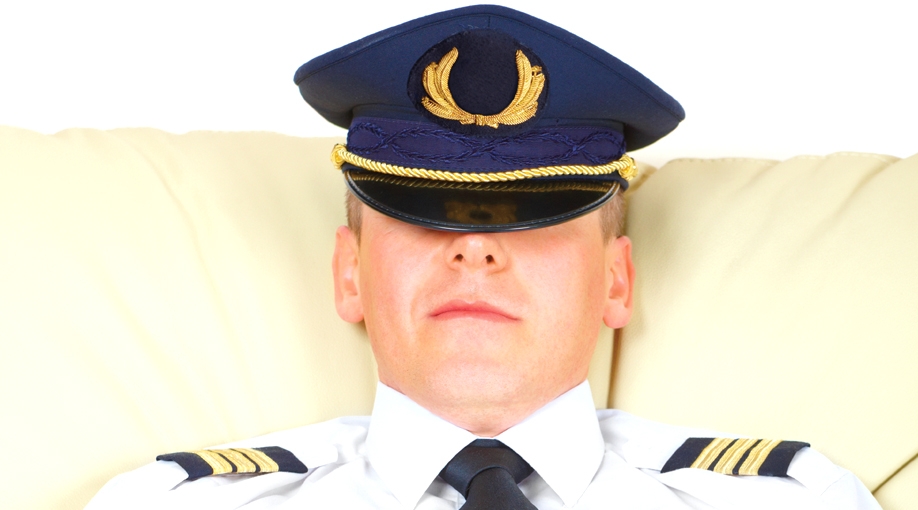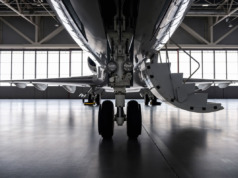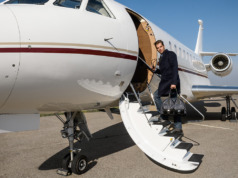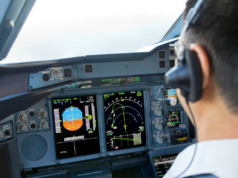
As you know well, making sound decisions depends on a clear head and alertness at critical moments.
Your aircraft crew faces this challenge daily. Flight attendants, schedulers and dispatchers, and even the technicians working on your aircraft all might have difficulty performing at their best when fatigued.
You likely are most aware of the potential negative effects of fatigue on your pilot. A late night departure, an instrument approach in poor weather, or a long day that pushes up against the maximum recommendation (or in the case of commercial charter flights, FAA-regulations) for crew duty hours could lead to unfortunate consequences such as procedural errors, landing without a clearance, or poor decision making – with potentially devastating results.
Sleep is a vital physiological need to maintain alertness, high performance, positive mood, and overall health and well-being. Seven to nine hours is the optimal amount for most adults.
According to the FAA, there are three types of fatigue:
- Transient fatigue, brought on by extreme sleep restriction or extended hours awake within one or two days;
- Cumulative fatigue, caused by repeated mild sleep restriction or extended hours awake across a series of days; and
- Circadian fatigue, the reduced performance during nighttime hours, particularly during an individual’s “window of circadian low” (typically 2:00-5:59 AM) (U.S. Dept. of Transportation, FAA Advisory Circular Fitness for Duty, 10/11/12).
Studies show that loss of as few as two hours of sleep will induce fatigue and degrade subsequent waking performance and alertness to the same extent as having a .05% blood alcohol concentration (BAC). Four hours of sleep loss results in the equivalent of .10% BAC – legally intoxicated in all U.S. states, and in every country.
Cumulative fatigue can be reversed only by sleep, and recovery will take roughly one to two days of extended sleep periods.
Quality of sleep also is important for pilots to fly safely, particularly when flying several back-to-back extended flight segments.
Aircraft manufacturers have done an excellent job in designing business aircraft. They look and smell wonderful, incorporate the latest technology, and offer amenities for executives, but what about the crew? Almost all aircraft have reclining cockpit seats; some long-range, large cabin models have relief crew areas with reclining seats; and some have relief crew rooms that have beds or seats that recline fully to the horizontal position.
But in some aircraft, the relief crew area is directly behind the pilot’s seat, next to the galley. When the flight attendant is serving, interruptions from noise can prevent high quality sleep. In smaller aircraft without a relief crew area, offering the use of one of the cabin seats to the resting crewmember certainly is preferable to no rest at all.
Aviation regulators around the world are starting to provide guidance to operators for developing a Fatigue Risk Management System (FRMS), now mandatory for some parts of the industry, and which eventually will be mandatory worldwide.
What procedures should you have in place to prevent flying while fatigued?
- As a rule, crew members are expected to report “Fit for Duty” and sufficiently well rested to safely perform the duties of the job.
- However, on-the-job or personal events can cause fatigue. Admitting fatigue is the crew member’s responsibility. An “Absent for Fatigue” policy should be encouraged to ensure that the compromised individual is not coerced into performing duties.
- Training on the subject of fatigue and the tools to mitigate it should be a must for all members of your flight and ground crews.
When your flight crew expresses concerns about fatigue, consider their judgment and experience as your first line of defense against the hazards of flying impaired. Less pressure to Get There Quickly and more to Get There Safely will protect you, your crew, your passengers, and your aircraft BAA
Jim Hosey, Director of Safety and Compliance, Baldwin Aviation, flew C-130s and C-5s during his 30-year USAF career, retiring as base Vice Commander, then spent 15 years with a corporate flight department. He serves on NBAA’s Safety Committee.




